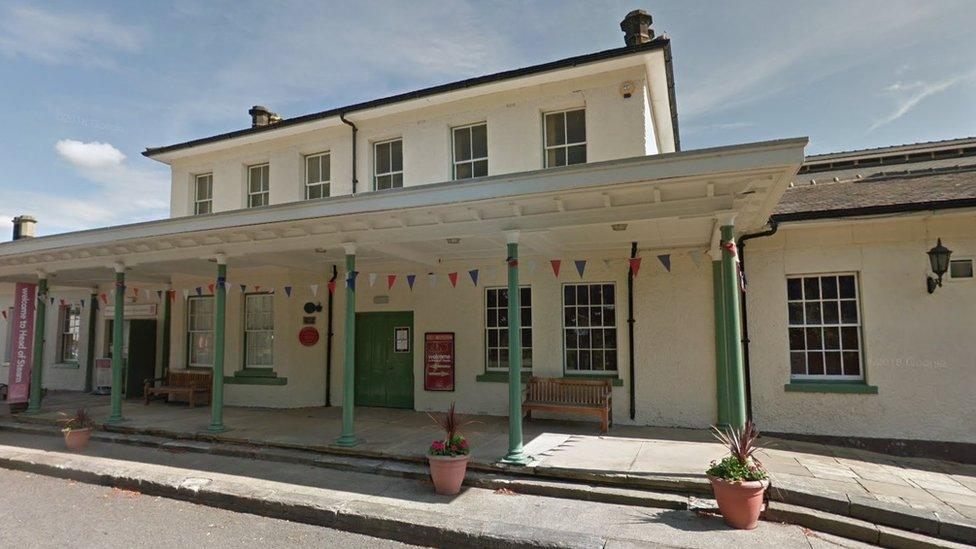County Durham building named 'world's first railway station'
- Published
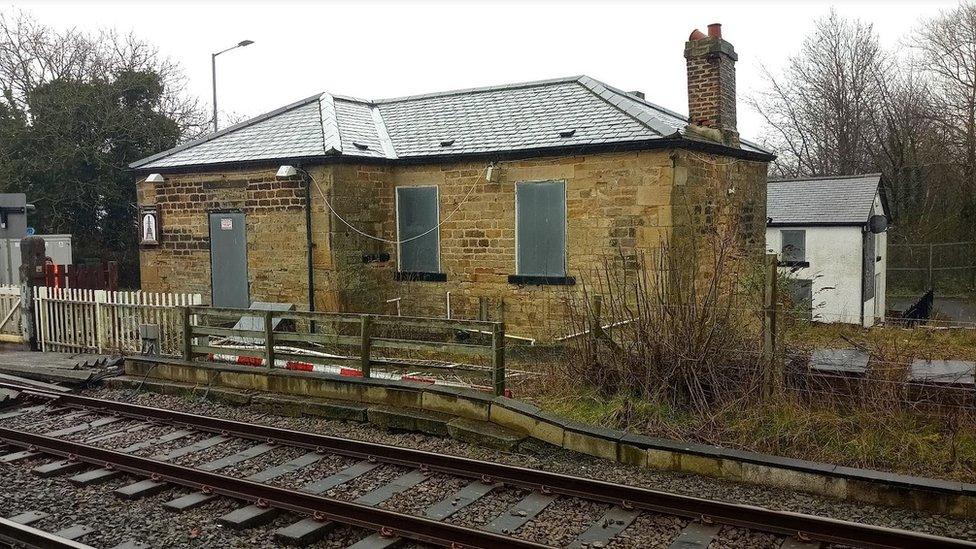
The station building has been upgraded to Grade II* listed status
A "simple building" is believed to be the world's first railway station, according to Historic England.
The listed status for Heighington and Aycliffe Railway Station in County Durham has been upgraded to Grade II*.
The heritage body has described the early 19th Century building as being one of "England's most important".
Local historians dated it to 1827, when it was used as a stopping point for trains and as a shelter for passengers on the Darlington and Stockton Railway.
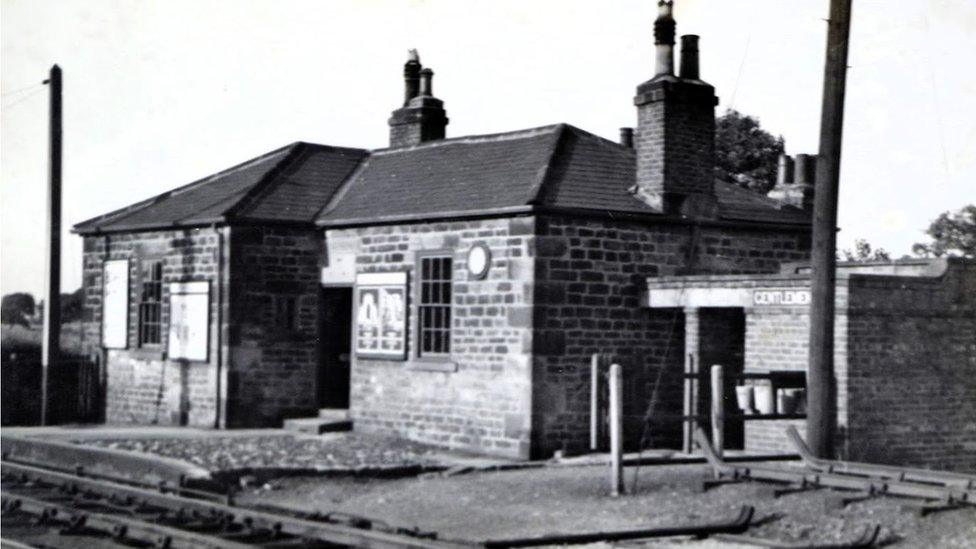
This photo of the building at Heighington & Aycliffe railway station was taken in the 1920s or 1930s
It was thought the building dated from the mid-1830s, but research by Friends of the Stockton & Darlington Railway uncovered a newspaper report showing the building was fulfilling the main functions of what later came to be recognised as a railway station.
They found additional evidence of it being also being used as a receiving point for parcels and goods.
Sarah Charlesworth from Historic England said: "It's amazing to think that this simple building in County Durham helped to inspire a way of travelling that's used by billions of people across the world.
"From the humblest single platform station to the vast terminals of St Pancras and the Gard du Nord, they all owe a debt to Heighington and Aycliffe Railway Station."
As it also provided domestic accommodation, the building has also been seen as a forerunner of the station master's house, a key part of railway stations built throughout the Victorian period.
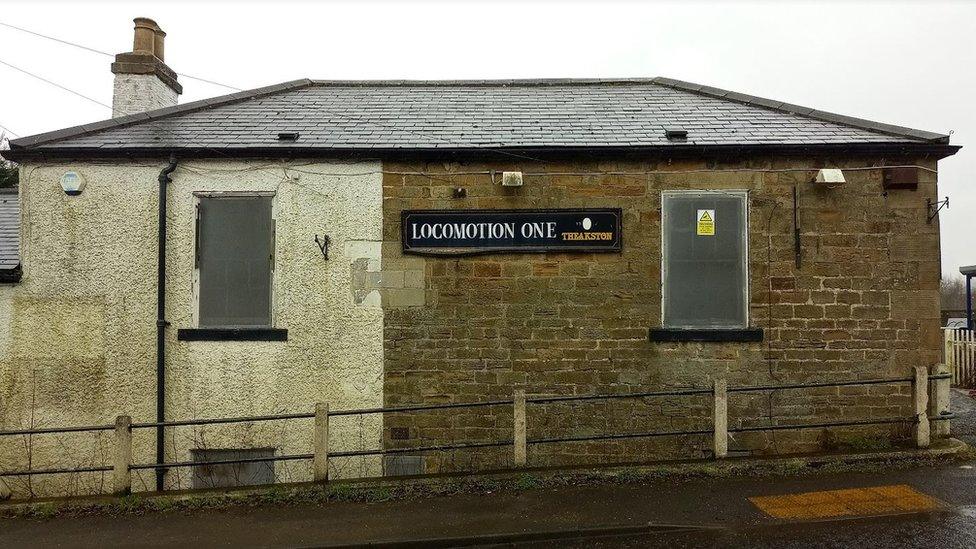
The building, which has had a number of uses since it was built in the 1830s, was originally commissioned to be a tavern
Niall Hammond, chair of the Friends of the Stockton & Darlington Railway (S&DR), said: "Nearly 200 years ago, the S&DR was the railway that got the world on track, by creating all the fundamental ideas of the modern railway and inspiring a worldwide revolution in transport and communications.
"It's fantastic to see this recognised in the new listing upgrade and a just reward for all the in-depth research by Historic England and our own members, especially the late Brendan Boyle."
The S&DR played a significant step in the development of the railways and was also where George Stephenson's Locomotion No1 was put on the rails.
Earlier this year a project in nearby Darlington was awarded more than £250,000 to restore what is thought to be the UK's oldest surviving goods shed, which was also awarded Grade II* listing.
The money will see it transformed into the main entrance to the Darlington Railway Heritage Quarter, a £35m visitor attraction which is due to open next year.

Follow BBC North East & Cumbria on Facebook, external, X (formerly Twitter), , externaland Instagram, external. Send your story ideas to northeastandcumbria@bbc.co.uk, external.
Related topics
- Published17 May 2023
- Published5 March 2022
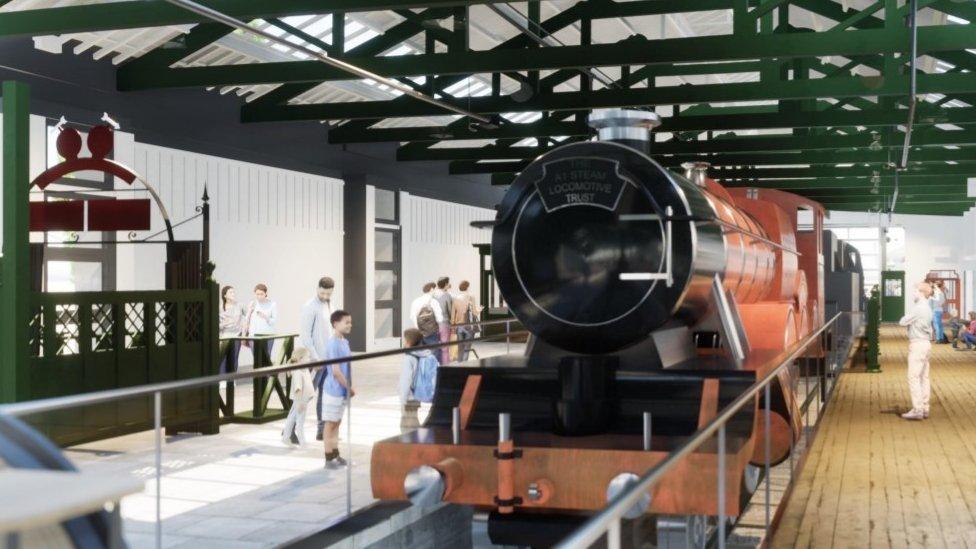
- Published18 April 2021
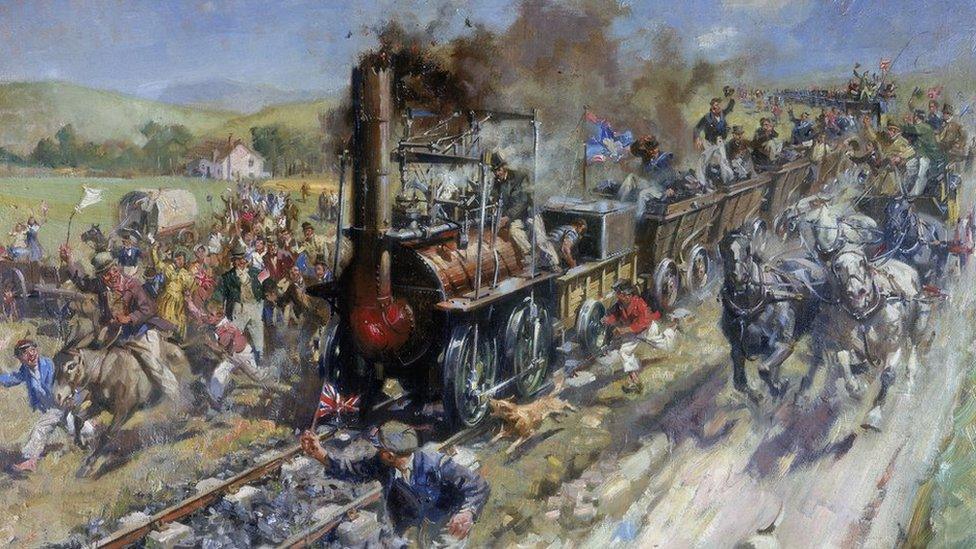
- Published3 January 2020
